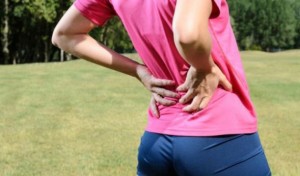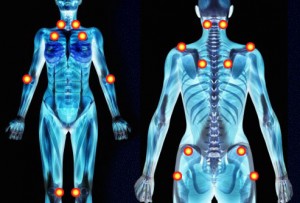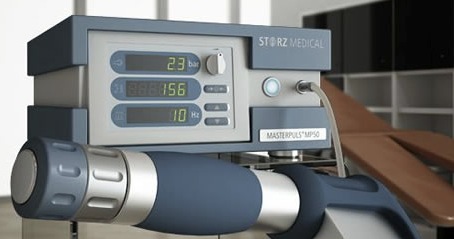Spinal decompression provides relief to back and neck pain sufferers by gently reducing the pressure within spinal discs; this involves stretching the spine, using a traction table or similar motorized device, with the goal of relieving back pain and/or leg pain.
During a nonsurgical spinal decompression treatment, the spinal vertebrae are slowly and methodically separated using a computer-controlled Spinal Decompression table. (Kennedy Decompression Table)
As the vertebrae are separated pressure is slowly reduced within the disc until a vacuum is formed. This vacuum allows the gelatinous center of the disc to move back inside, thereby reducing the disc bulge or disc herniation. Joint bio-mechanics are improved and spasms or tightness in back muscles are decreased.
Significant disc bulge reduction removes pressure off the spinal nerves and drastically reduces pain and disability. This momentary lower pressure in the disc, also pulls much-needed oxygen, nutrients and fluid into injured and degenerated discs allowing the healing to begin.
On your first visit to Diversified Health Clinic your health care practitioner will take a detailed medical history and complete a physical exam.
Therapy sessions typically last 20 minutes with most people feeling pain relief with as few as 3-5 treatments. It is important to remember however, that pain subsiding does not infer that your discs and spine are healed, so it’s critical that patients follow the treatment protocol prescribed in order to achieve the full value of the decompression therapy.
Spinal Decompression can help alleviate pain caused by the following conditions:
- Severe or chronic low back and neck pain
- Arthritis pain in neck and back
- Pinched nerves
- Sciatica
- Degenerative disc / joint disease /collapsed discs
- Spinal stenosis
- Herniated or bulging disc
- Numbness, tingling or burning pain
For patients suffering from chronic pain, spinal decompression therapy can help to alleviate pain, and get you back to your daily activities.
Please contact our clinic if you have any questions regarding nonsurgical spinal decompression therapy.

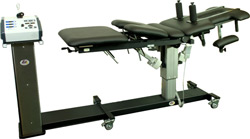
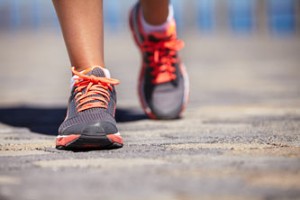
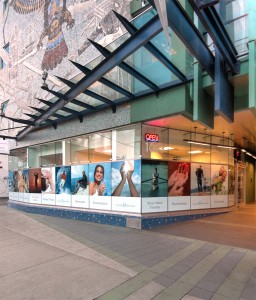
 is a term that is used when the shoulder becomes painful and loses motion because of inflammation.
is a term that is used when the shoulder becomes painful and loses motion because of inflammation. 
